What is the Sapphire?

Ruby and sapphire are well known crystals that are closely associated to diamond by many people. Both of these crystals have principal compositions of the elements aluminum and oxygen. The mineral name is a corundum. (Japanese: KOUGYOKU) A pure corundum crystal is colorlessness or white. However, sometimes red, blue, yellow, green, purple and pink colors or hues can be seen because of impurities and other factors. When the color red is seen in the crystal it is referred to as a ruby while other colored crystals are referred to as sapphire.
Table of contents [close]
Sapphire
The term "sapphire" is derived from several languages as far back as Sanskrit. In Latin, the root word is "sapphirus", meaning blue, although in ancient Greece and Rome the term was applied to lapis lazuli.

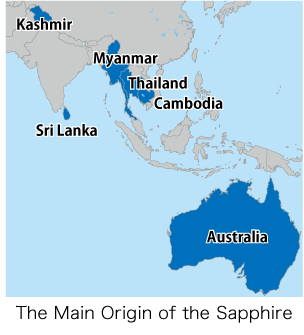
The main origin of sapphire is Kashmir, Myanmar, Sri Lanka, Thailand, and Australia. The sapphire of the Zhang Schaal district in Kashmir has been a world standard and has high quality blue like a cornflower, and a soft gloss.
The sapphire produced around Mogok in Myanmar is a deep called royal blue. The sapphire made in Sri Lanka is a fancy one with the various shades including light blue.
In Japan, although a little sapphire is produced in Fukushima Ishikawa and Gifu Naegi, Hiroshima Shokozan, Oita Kiurakouzan, etc., there is almost none that is jewel grade quality.
Cause of Color in Sapphire
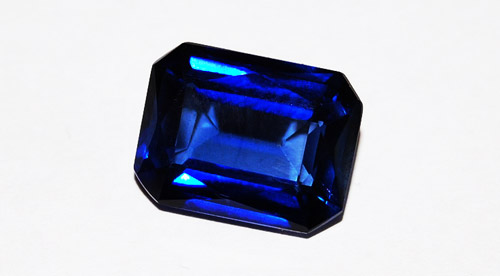
There may be some people who think that the blue of sapphire is caused by a cobalt inclusion. Even ancient chemists thought that possible cause was cobalt, but they were unable to find any cobalt in the sapphire. However, they found a small amount of iron
and titanium in it. If a corundum includes a little iron, it will have a yellow tinge, but it does not become blue with only iron. With titanium only, it's just colorless and transparent. When it includes iron and titanium at the same time, it becomes blue for the first time.
Iron has a valency of +2 and titanium has a valency of +4. However, when the light is shined, an electron transfers from titanium and iron resulting in both having a valency of +3.
When such charge transfer happens, longer wavelength light (yellow and red) is absorbed, and the sapphire becomes a beautiful blue color .
-
Watch Parts: Beautiful work of craftsmanship -the world's first artificial diamond parts-
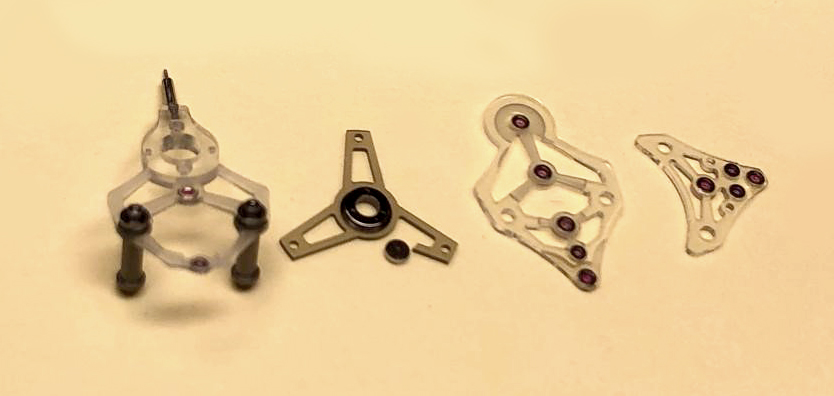
-
What are Diamonds?: Synthesis of Diamonds

-
Jewel bearings: Orbray and the watch industry [Story of Watch 1]
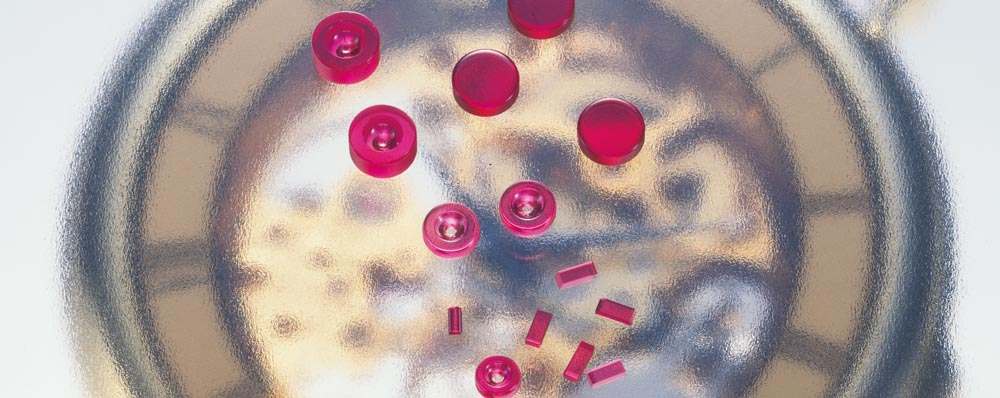
-
History of Orbray crystal glass [Story of Watch 3]

-
What is an audio accessory? An overview and detailed explanation of products
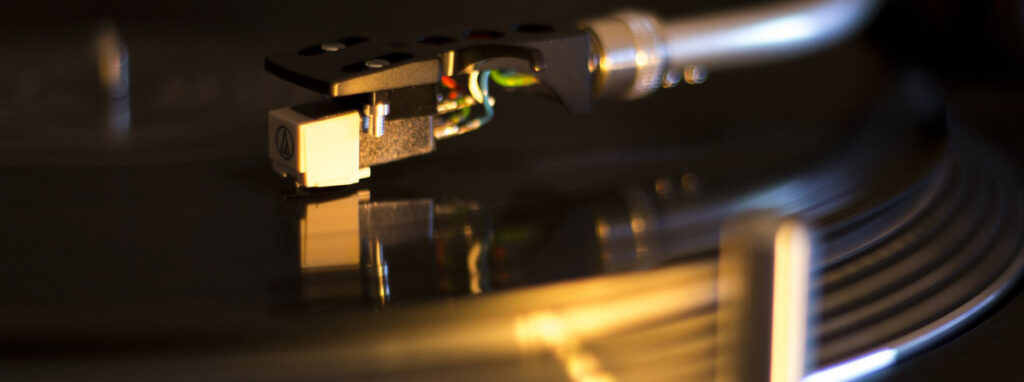
-
Color of Jewel



